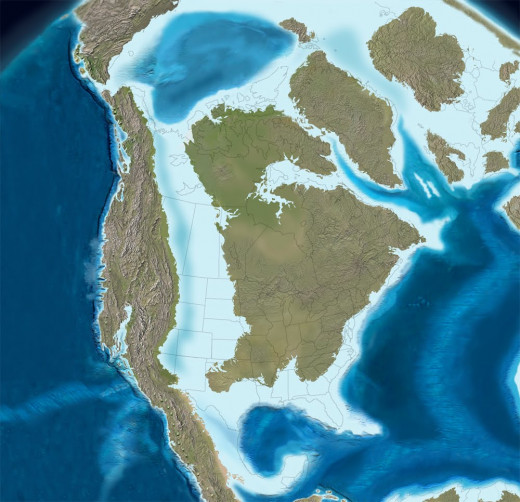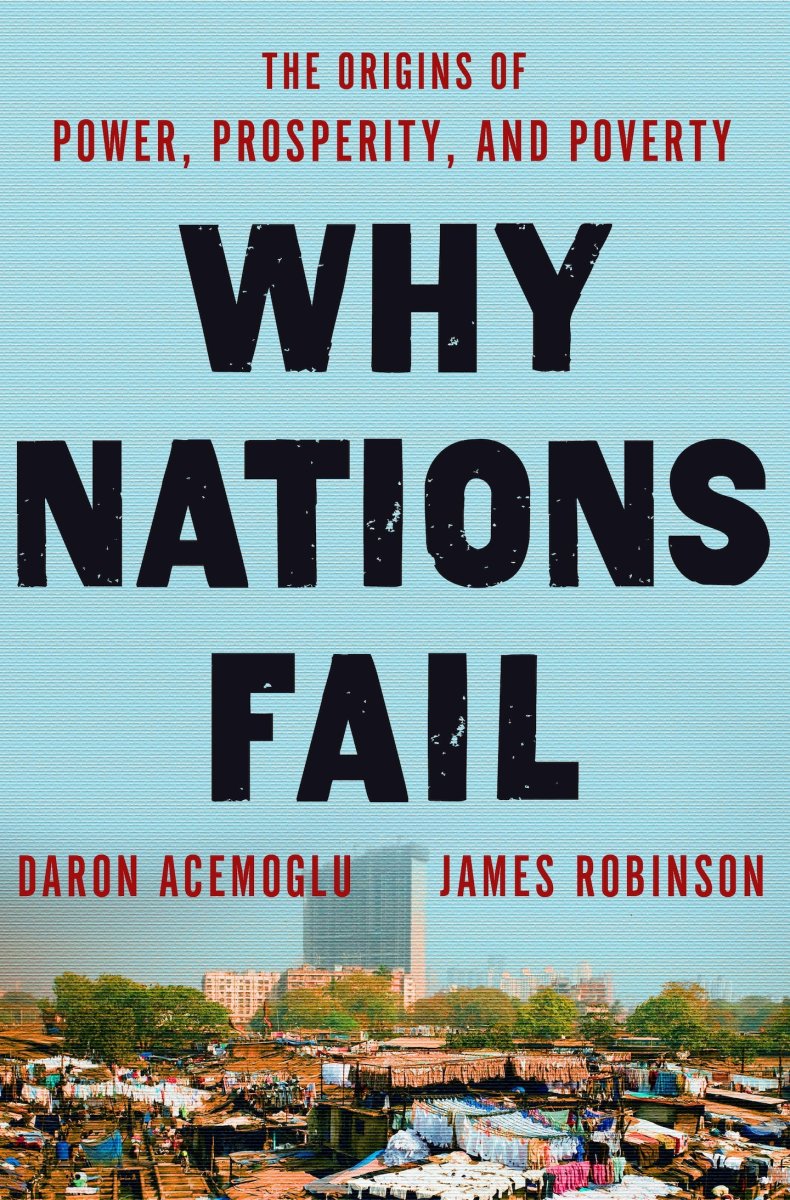The Six Degree World
This Hub is mostly a summary of the Six Degrees chapter in Mark Lynas's book of the same name. It summarizes his main points in tabular form. Additionally, relevant updates reflecting changes in the science will be posted as needed (and as time to do so is available!)
Note: Update #1 was posted 4/3/14. (See below.)
According to Lynas, the six-degree world can be considered only with the aid of pale-climate 'analogues'--ancient worlds in which conditions were far, far warmer than anything known today.
These 'hothouse Earths' supported life, but would be inhospitable to today's life-forms, adapted as they are to the conditions of a CO2-poor glacial world. And when things went wrong, they went very, very wrong indeed.

Section
| Content
|
|---|---|
Intro, p. 241
| Little modeling work past 5 C has been done. Therefore, glimpses of a potential 6 C future depend almost wholly upon paleoclimate analogs.
|
The Cretaceous World, p. 242
| The Cretaceous, ca. 144-65 Myr BP, had: --A warm Arctic (breadfruit trees in Greenland, crocodiles in the Canadian Arctic) --Sea levels 200 meters higher than present -- Different arrangement of the continents --Fainter sun --"Tempestites" show mega-hurricanes --N. America got up to 4 meters of rainfall yearly --The tropical Atlantic had SSTs to 42 C--107.6 F! --CO2 was 1200-1800 ppm (mostly volcanic--Cretaceous eruptions were 'truly massive in scale and persisted for thousands of years.") Much carbon was sequestered as shells, peat, or other organic debris. Some became the coal and oil we burn today--but the 'desequestration' is about 1 million times faster than the original sequestration was. Cretaceous life-forms were adapted to the conditions--present life-forms would decidedly *not* be.
|
Oily Oceans, p. 247
| Anoxic ocean events warming spikes ocurred in the Cretaceous, but also times such as the Paleocene-Eocene Thermal Maximum. In such events, the oceans become stratified, with warm layers acting as 'lid' on deeper, cooler water. Without the ventilating effects of turnover, oceans become starved of oxygen, and marine extinction events result. These warming spikes could be due to methane hydrate releases, or to global eutrophication caused by a hyperactive hydrological cycle, which might cause algal blooms on a global scale. But a more dramatic theory has been advanced to explain the Jurassic extinction event 183 Myr BP: possibly lava gasified coal beds, releasing massive quantities of greenhouse gases.
|
The End-Permian Wipeout, p. 250
| This 'wipeout,' the "worst crisis ever endured by life on Earth," nearly eliminated the biosphere 251 Myr BP. In Meishan (China) rocks, the transition from fossil-bearing rock to nearly abiotic strata takes just 12 mm. 6 C warming and disruption of the carbon cycle seem to be responsible. Similar evidence has been found in Israel, South Africa, and the Antarctic, so the change was global. It seems accumulating CO2 unleashed positive feedbacks, causing ocean anoxia and water temps which could have supported 'hypercanes.' These ferocious mega-cyclones could have been persistent enough to circumnavigate the globe. Then came the eruption of the Siberian Traps, a volcanic outbreak larger than western Europe. Further warming resulted; acid rain 'monsoons' killed vegetation on a global scale. Oxygen concentration dropped from 30% to 15%. Persistent methane hydrate releases would have liberated methane into the atmosphere; methane clouds ignited by lightning would have acted like modern 'fuel-air explosives' (FAEs), which pack the punch of a small nuclear bomb. Chemical engineer Gregory Ryskin calculated that energy equivalent to 10e8 megatonnes of TNT would have been available. Additionally, evidence suggests huge volumes of highly toxic hydrogen sulfide gas may have been produced. To its direct toxic effects, it could have also increased surface UV levels by destroying ozone (methane can also do this.) One study finds that UV levels could have increased by as much a a factor of 7. The fossil record shows that 95% of all life was wiped out; the only large land vertebrate to survive was a pig-like dinosaur called 'Lystrosaurus.' It took about 50 million years for biodiversity to regenerate to previous levels.
|
Back To The Future, p. 259
| Some aspects of the Permian wipeout can't be replicated at present. But biodiversity is already under threat from non-climate anthropogenic factors. Another 'great dying' seems to be in progress. Ominously, rates of CO2 emission are apparently far greater than anything seen in the past, suggesting the possibility of geater rates of persistent climate change to follow. Methane hydrate and hydrogen sulfide release still seem to be real possibilities--even today there are periodichydrogen sulfide 'belches' off the Namibean coast which hint at the possibility of wider releases in a warming climate. Complete human extinction strikes the author as unlikely due to our "unique combination of intelligence and a strong survival instinct. I myself have crawled down an Andean mountain in a state of delirious semiconsciousness when the easiest thing by far would have been to lie back and let go, but the survival instinct was too strong..."
|
- Methane-spewing microbe blamed in worst mass extinction - Technology & Science - CBC News
A very tiny organism is likely to blame for wiping out 90 per cent of species on Earth during the worst mass extinction our planet has ever experienced, a new study suggests. - Methanogenic burst in the end-Permian carbon cycle
Rothman et al, 2014, via the PNAS site.
Update 1: 4/3/14--A New Theory of the Permian Extinction Event
A new paper published in the Proceedings of the National Academy of Science (PNAS), Rothman et al., 2014, entitled Methanogenic burst in the end-Permian carbon cycle, proposes a new mechanism for the "Great Dying." As described in the paper's abstract, the idea is that a type of bacteria acquired a new metabolic pathway allowing it to make use of an abundant seafloor resource. This pathway was limited by available nickel--a limitation removed by the emission of large amounts of the metal by the Siberian Traps volcanic episode. The result was a "superexponential growth" of the bacteria, with consequent enormous methane emissions.
The bottom line is thus a slightly different role for the Siberian Traps than in Lynas's version of events. As study co-author Greg Fournier put it in a Reuters interview, the vulcanism was "the detonator rather than the bomb itself."
The links for both Rothman et al, and a CBC.CA story on it, are found in the sidebar to the right.
- Carbon emission rate is highest in 66M years, study finds - Technology & Science - CBC News
The rate of carbon emissions is higher than at any time in fossil records stretching back 66 million years to the age of the dinosaurs, according to a study that sounds an alarm about risks to nature from man-made global warming. - http://nature.com/articles/doi:10.1038/ngeo2681
Zeebe et al., via the Nature Geosciences site.
Update 2: 3/23/16--Anthropogenic carbon release rate unprecedented during the past 66 million years
A new study finds that emissions rates now are even higher than those occurring during the PETM. By examining time lags between observed changes in oxygen isotopes in a section of sediment from near Millville, New Jersey, the authors estimate that:
...the initial carbon release during the onset of the PETM occurred over at least 4,000 years.
That allows them to calculate emission rates:
This constrains the maximum sustained PETM carbon release rate to less than 1.1 Pg C yr−1.
The comparison to modern emission rates is then straightforward. The consequences are potentially troubling, however:
We suggest that such a ‘no-analogue’ state represents a fundamental challenge in constrainingfuture climate projections. Also, future ecosystem disruptions are likely to exceed the relatively limited extinctions observedat the PETM.
That follows from the fact that change would be much faster than change during the PETM.
Go to main Hub for Mark Lynas's "Six Degrees."
- Mark Lynas's "Six Degrees": A Summary Review
"Six Degrees" is a modern classic, outlining potential effects of various levels of global warming. It's summarized, evaluated, and updated here, with links to 7 supplementary Hubs.



